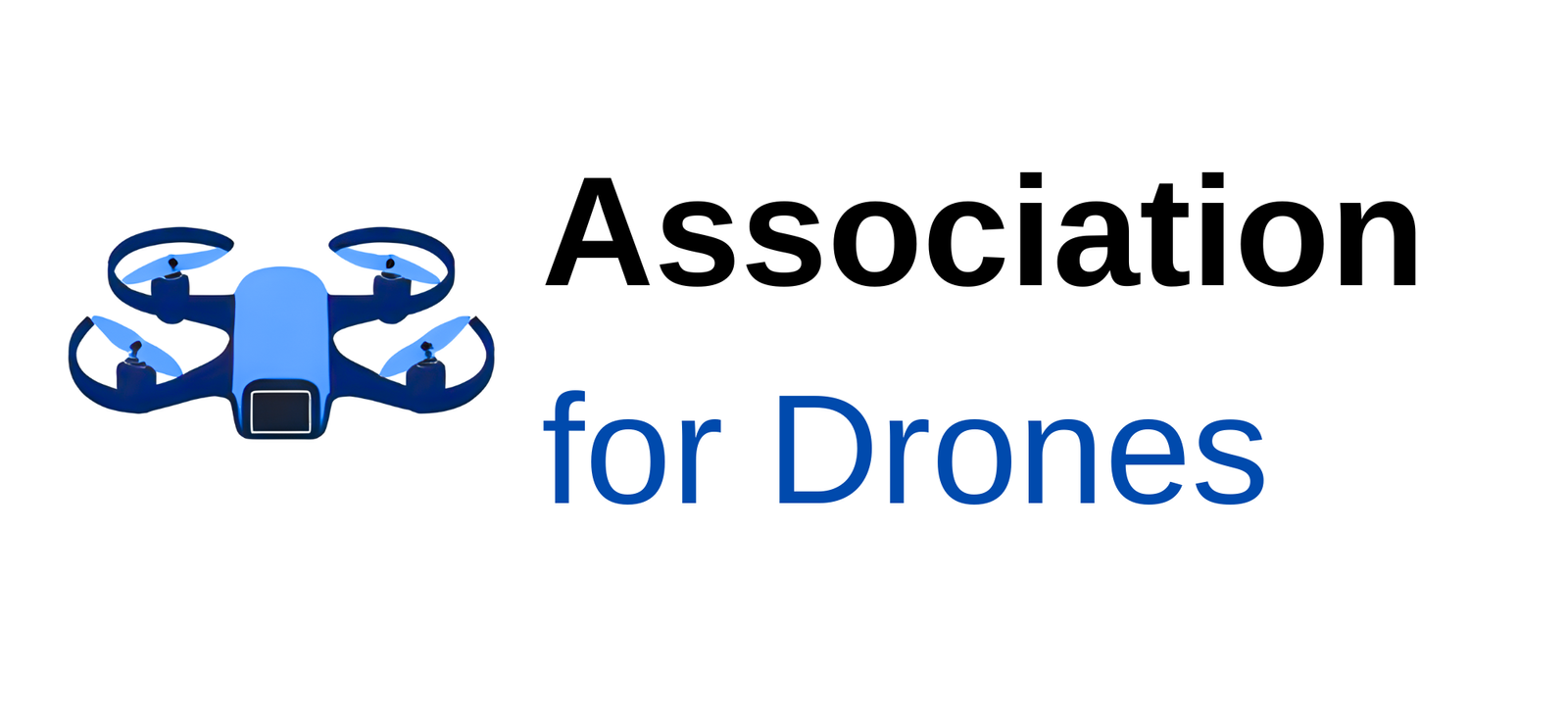As drones move from hobbyist toys to critical infrastructure, the biggest challenge isn’t just how far or how fast they fly—it’s how they share the sky. With thousands of drones expected to operate simultaneously in cities, across industries, and even alongside air taxis, the traditional air traffic control system can’t handle the load.
That’s where UTM (Unmanned Aircraft System Traffic Management) comes in. UTM is the digital backbone of drone integration—an automated system that ensures drones fly safely, predictably, and efficiently in shared airspace.
1. What Is UTM?
UTM (sometimes called U-space in Europe) is a set of services, rules, and technologies designed to manage drone operations at low altitudes—below traditional manned aviation. Unlike today’s human-centric air traffic control towers, UTM is:
- Digital: Software platforms provide automated flight planning, authorization, and monitoring.
- Decentralized: Multiple service providers offer UTM capabilities, all interoperating under common rules.
- Scalable: Designed to handle not dozens, but thousands of simultaneous flights.
In short, UTM is air traffic control for drones—but automated, data-driven, and tailored for scale.
2. Why UTM Is Essential
Without UTM, drones face serious barriers:
- Safety: Midair collisions and airspace conflicts would rise as fleets scale.
- Regulatory limits: BVLOS (Beyond Visual Line of Sight) operations require airspace awareness that only UTM can provide.
- Urban congestion: Smart cities will see drones for delivery, inspections, and public safety—requiring strict coordination.
- Public trust: Communities need assurance that skies won’t become chaotic or unsafe.
UTM is the enabler of advanced drone operations—without it, the industry cannot scale.
3. Core Functions of UTM Systems
UTM platforms typically provide:
- Flight planning & authorization: Automated approvals for flights, including in controlled airspace.
- Dynamic airspace management: Real-time updates on restrictions (temporary flight restrictions, emergencies, weather).
- Conformance monitoring: Alerts when drones deviate from approved flight plans.
- Traffic deconfliction: Coordination between multiple drones to prevent conflicts.
- Remote ID integration: Identifying drones in flight and ensuring accountability.
- Data exchange: Interoperability between UTM providers, regulators, and manned aviation.
4. UTM Around the World
United States – FAA UTM Pilots
The FAA is advancing UTM concepts through NASA collaborations and pilot programs. Systems like LAANC (Low Altitude Authorization and Notification Capability) already automate airspace authorizations for Part 107 operators—a building block for nationwide UTM.
Europe – U-space (EASA)
Europe leads in regulation, with U-space rules implemented in 2023. These create mandatory digital services for drones in designated airspace zones. In 2025, the first U-space Service Provider certificate was issued, marking a milestone for real-world deployment.
Asia-Pacific
- Singapore: Pioneering drone corridors integrated with smart city infrastructure.
- Japan & South Korea: Advancing drone delivery and UAM corridors with telecom providers.
- China: Strict government-led integration, with DJI and EHang contributing to UTM solutions.
Africa & Middle East
- Rwanda and Ghana: Early adopters of BVLOS delivery networks rely on UTM principles for safety.
- Dubai: Ambitious trials of urban air mobility supported by drone airspace management systems.
5. The Role of Telecoms and Connectivity
UTM depends on continuous, reliable communication. That’s why 5G and satellite connectivity are becoming central:
- 5G: Supports low-latency command and control, high-definition data streaming, and real-time deconfliction.
- Satcom: Ensures BVLOS operations even in remote or rural areas.
- Hybrid systems: Blend cellular, Wi-Fi, and satellite for resilience.
Telecoms are quickly becoming key players in drone traffic management.
6. Challenges for UTM Adoption
While the vision is clear, challenges remain:
- Global harmonization: Different regions are developing UTM rules at different speeds, risking fragmentation.
- Cybersecurity: UTM systems must be resilient to hacking and spoofing.
- Data privacy: Communities must trust that surveillance and location data are managed responsibly.
- Cost: Building nationwide UTM infrastructure requires major investment.
- Manned-unmanned integration: UTM must seamlessly connect with traditional Air Traffic Management (ATM).
7. The Future of UTM
In the next decade, expect to see:
- Drone corridors: Predefined low-altitude highways for delivery and logistics.
- Full autonomy: UTM platforms allowing fleets of drones to fly without direct human oversight.
- Integration with UAM: Air taxis and cargo drones managed in the same system as small UAVs.
- AI-driven risk management: Automated systems predicting and preventing conflicts before they happen.
- Community transparency tools: Dashboards for cities to show residents when and where drones are flying.
Conclusion
UTM is the invisible infrastructure that will make widespread drone adoption possible. Just as highways enabled the automobile revolution, UTM will enable the drone revolution—ensuring flights are safe, coordinated, and scalable.
For drone operators, businesses, and regulators, the message is clear: without UTM, there is no future for large-scale drone operations. With it, the sky becomes not just safer, but smarter.
